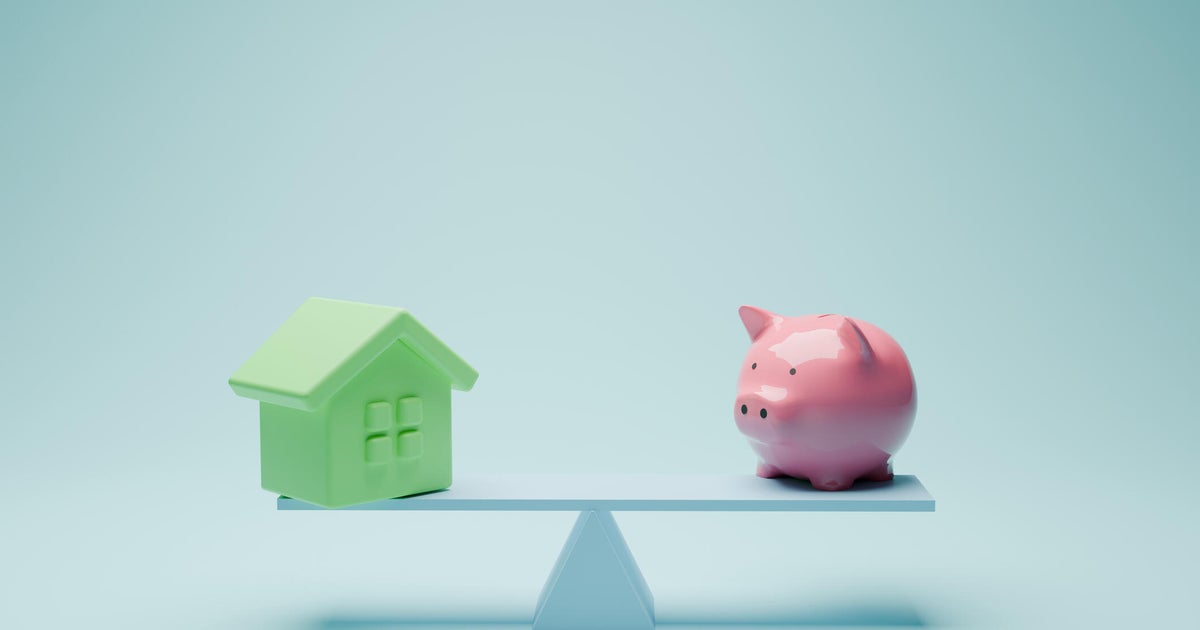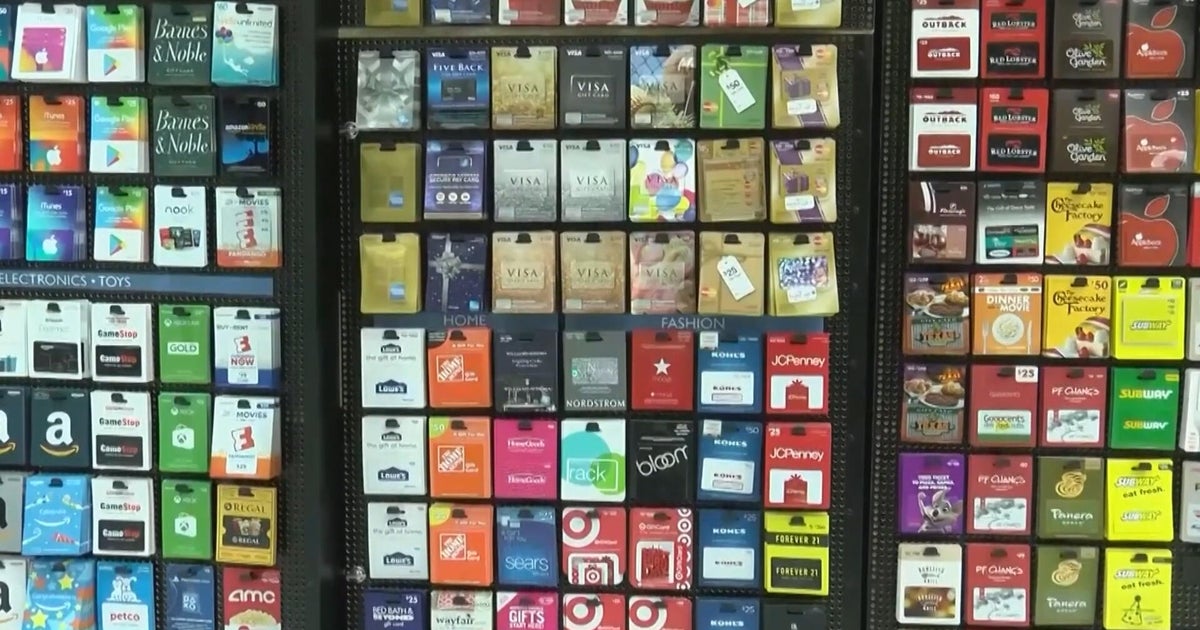How to get a mortgage with a low down payment
Buying a home is a dream come true for many people, but you need a substantial amount of money to make it happen. This includes the down payment, which is a certain amount of the home's purchase price. Convention wisdom says a 20% down payment is ideal, but what if you aren't can't afford that much?
If you're a first-time homebuyer or don't have a lot of savings, coming up with a large down payment can be challenging. Fortunately, there are several ways you can still qualify for a mortgage without a large down payment.
Start exploring your mortgage options here to learn more.
How to get a mortgage with a low down payment
If you're struggling to find the money for a large down payment on a home, it pays to know your options. Here are five to know.
FHA Loans
FHA loans are backed by the Federal Housing Administration. If you have a credit score of 580 or above, you can qualify for an FHA loan with only 3.5% down. Applicants with credit scores between 500 and 579 qualify for a 10% down payment.
These loans are ideal for homebuyers with lower credit scores who don't have a lot of savings but can still afford monthly mortgage payments. Note that an FHA loan requires you to pay a mortgage insurance premium (MIP), which will add to your monthly payments.
VA Loans
A VA loan is a home loan guaranteed by the Department of Veterans Affairs. These loans are available to veterans, military service members and eligible surviving spouses.
VA loans don't require a down payment, and they often have better interest rates and terms and fewer closing costs than conventional loans. You will need to meet certain credit and income requirements in addition to being an eligible service member or spouse.
Compare today's top mortgage rates online now.
USDA Loans
USDA loans are guaranteed by the U.S. Department of Agriculture. These loans are designed for homebuyers in rural areas who have low to moderate incomes. These loans require no down payment and offer low interest rates. You'll need to meet specific income requirements to qualify.
Conventional loans
Conventional loans are not backed by the government. These loans typically require a down payment of at least 5% of the home's purchase price, depending on the loan and your financial situation.
Some conventional loans may allow you to put down as little as 1% if you have a good credit score and a low debt-to-income ratio. However, if you put down less than 20%, you'll need to pay private mortgage insurance (PMI).
See if you qualify for a conventional mortgage here.
Down payment assistance programs
Many states and local governments offer down payment assistance programs, particularly to first-time homebuyers, as does the U.S. Department of Housing and Urban Development (HUD). These programs include:
- Grants
- Low-interest loans
- Deferred-payment loans with 0% interest
- 0% interest loans that are forgivable after a certain number of years
- Matched savings programs, in which the program provider matches the amount the homebuyer puts into a savings account for a down payment
As with the other loans on this list, you must meet specific income requirements to qualify for these programs.
The bottom line
Knowing how to get a mortgage with a low down payment can make the dream of homeownership a reality. With the above low- or no-down-payment options, you can buy a house even if you don't have a ton of money saved for an upfront payment.
That said, it's important to remember that a lower down payment could result in a higher interest rate or monthly payment. So, be sure you can comfortably afford the payments listed on your loan agreement. Otherwise, your finances could be tight for years to come. When exploring your mortgage options, work with a reputable lender who help you find the best loan for your financial situation.






